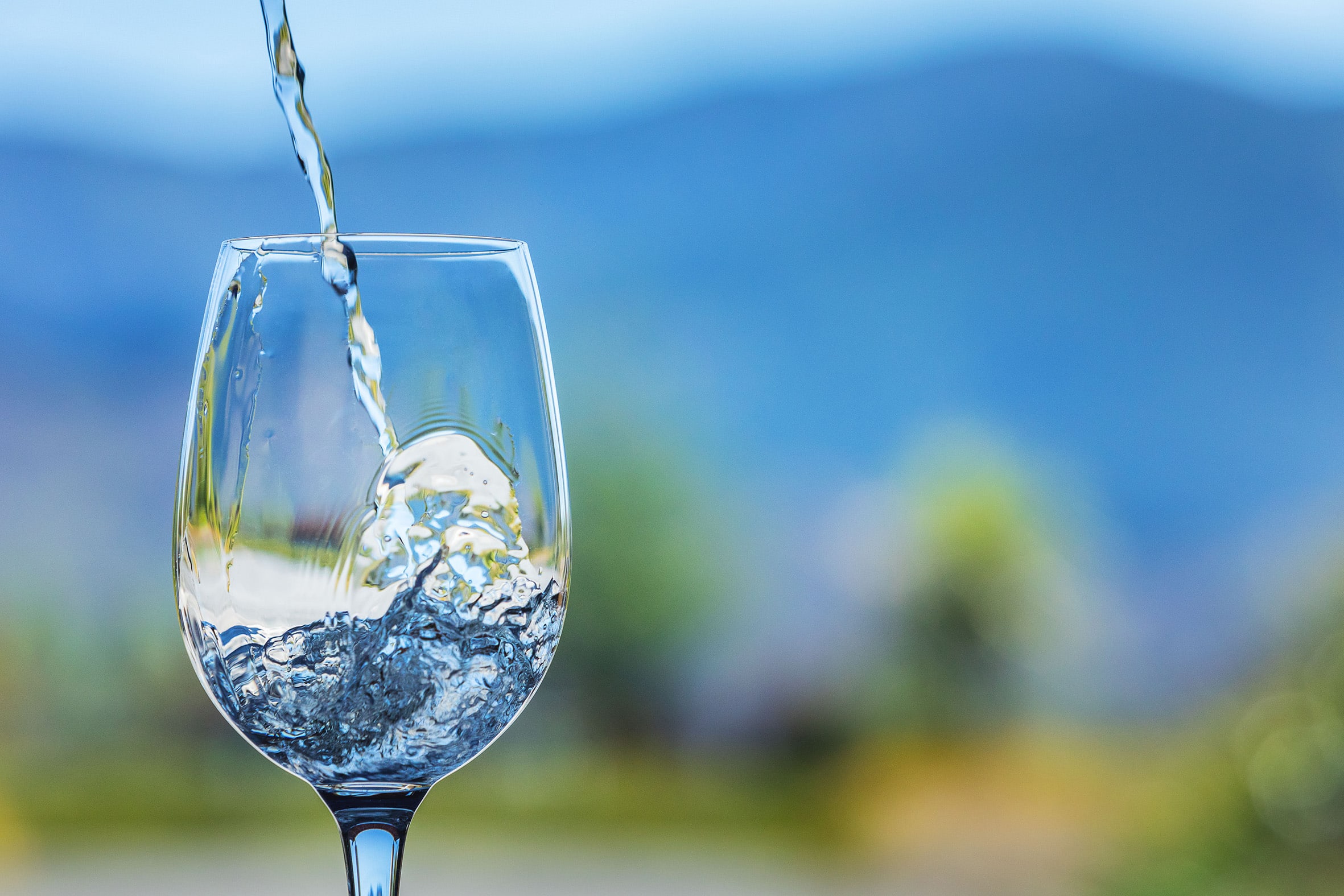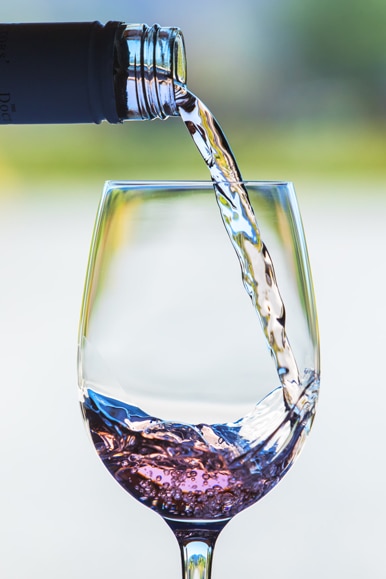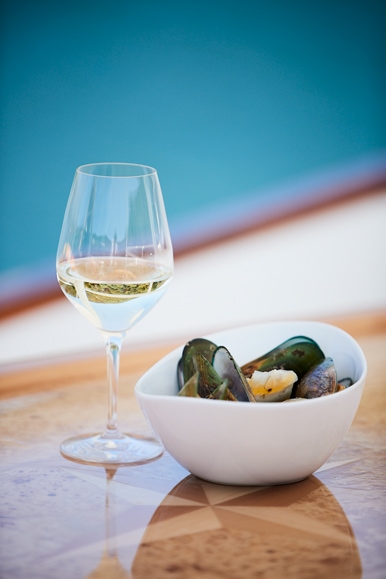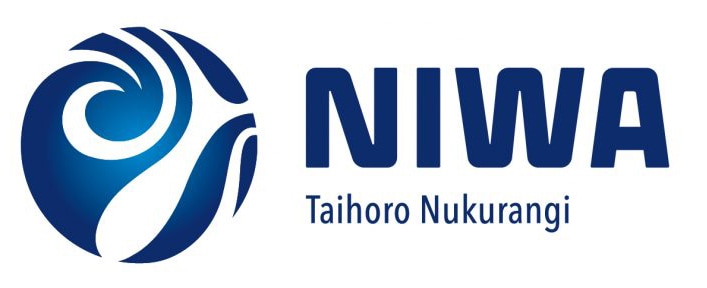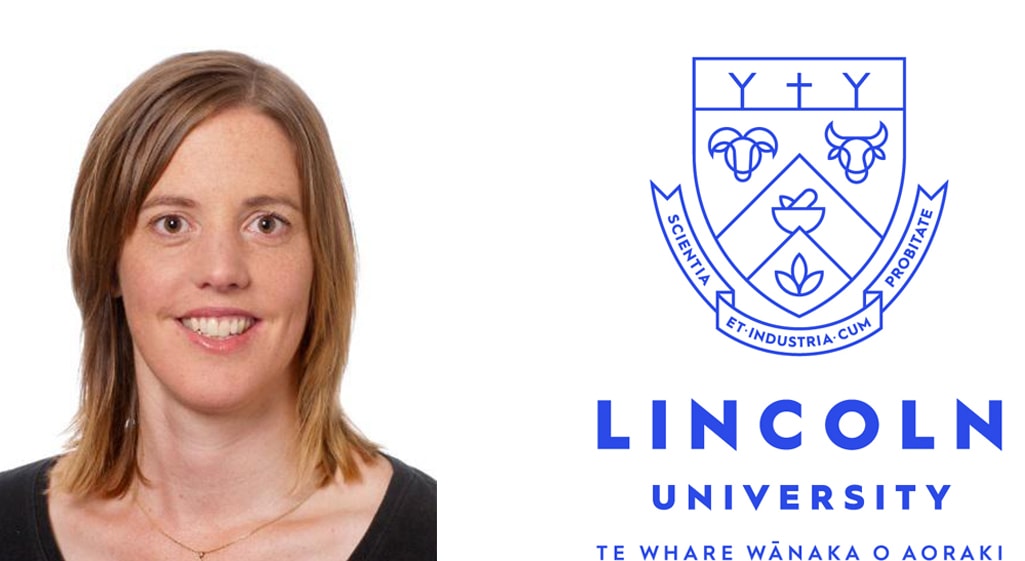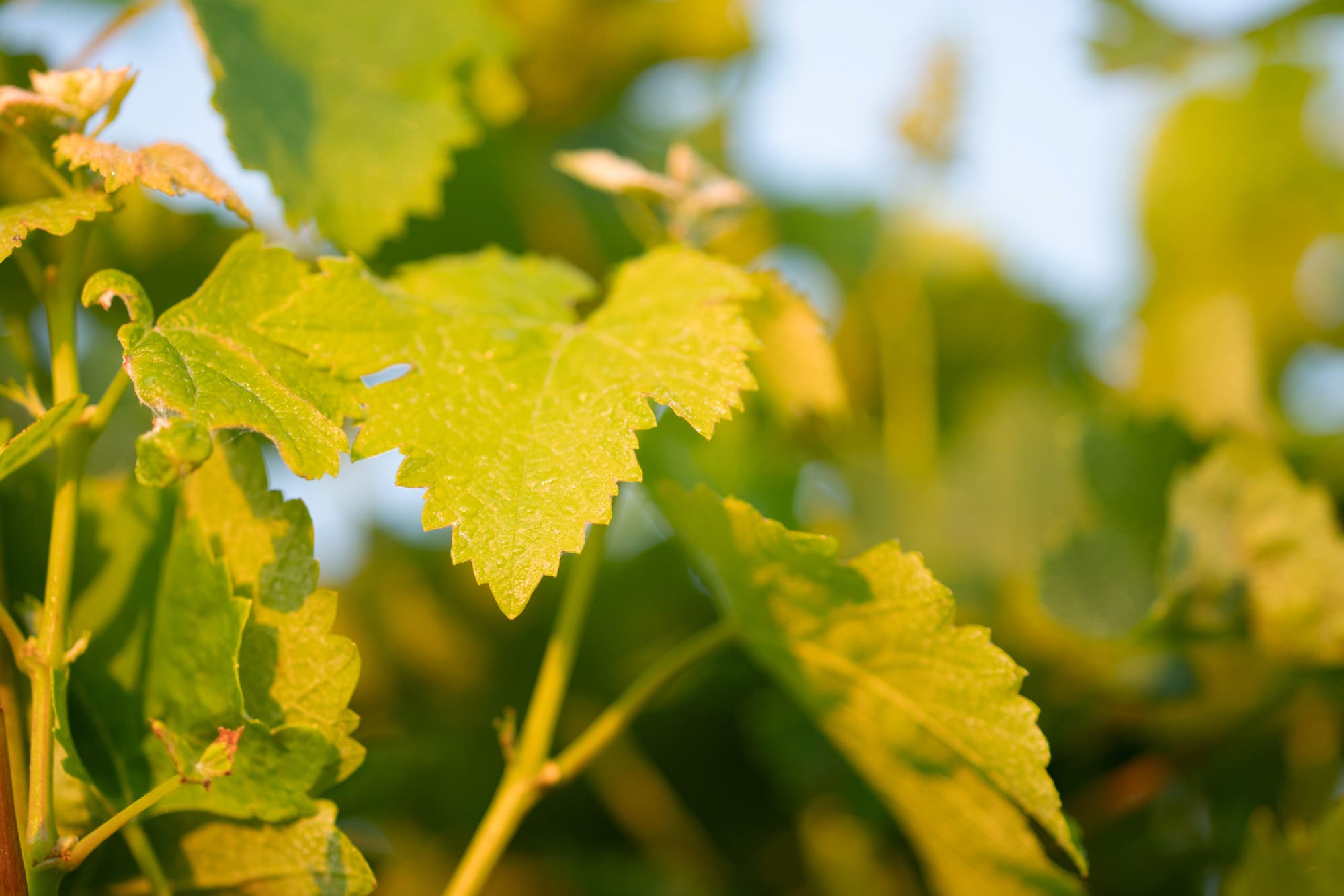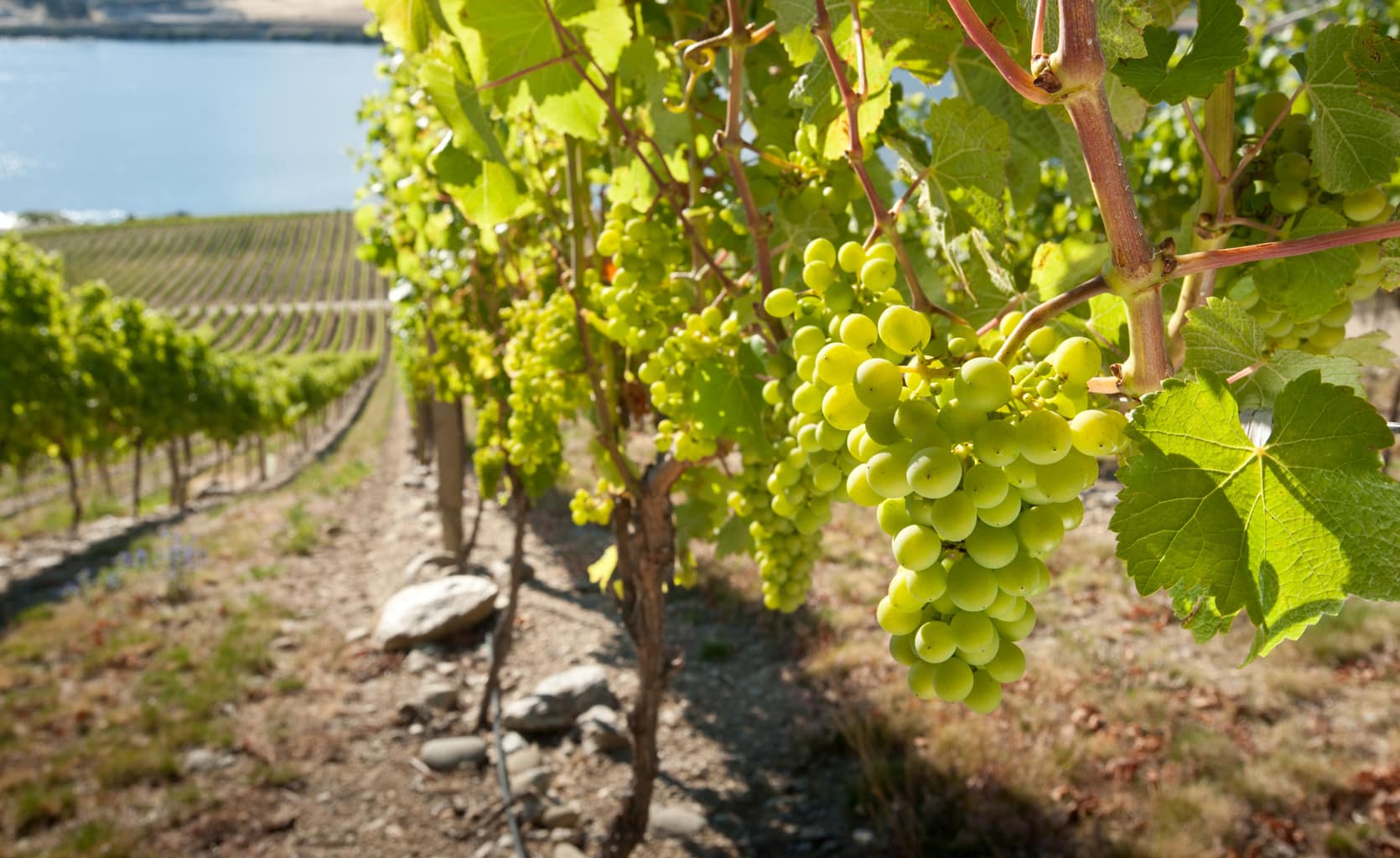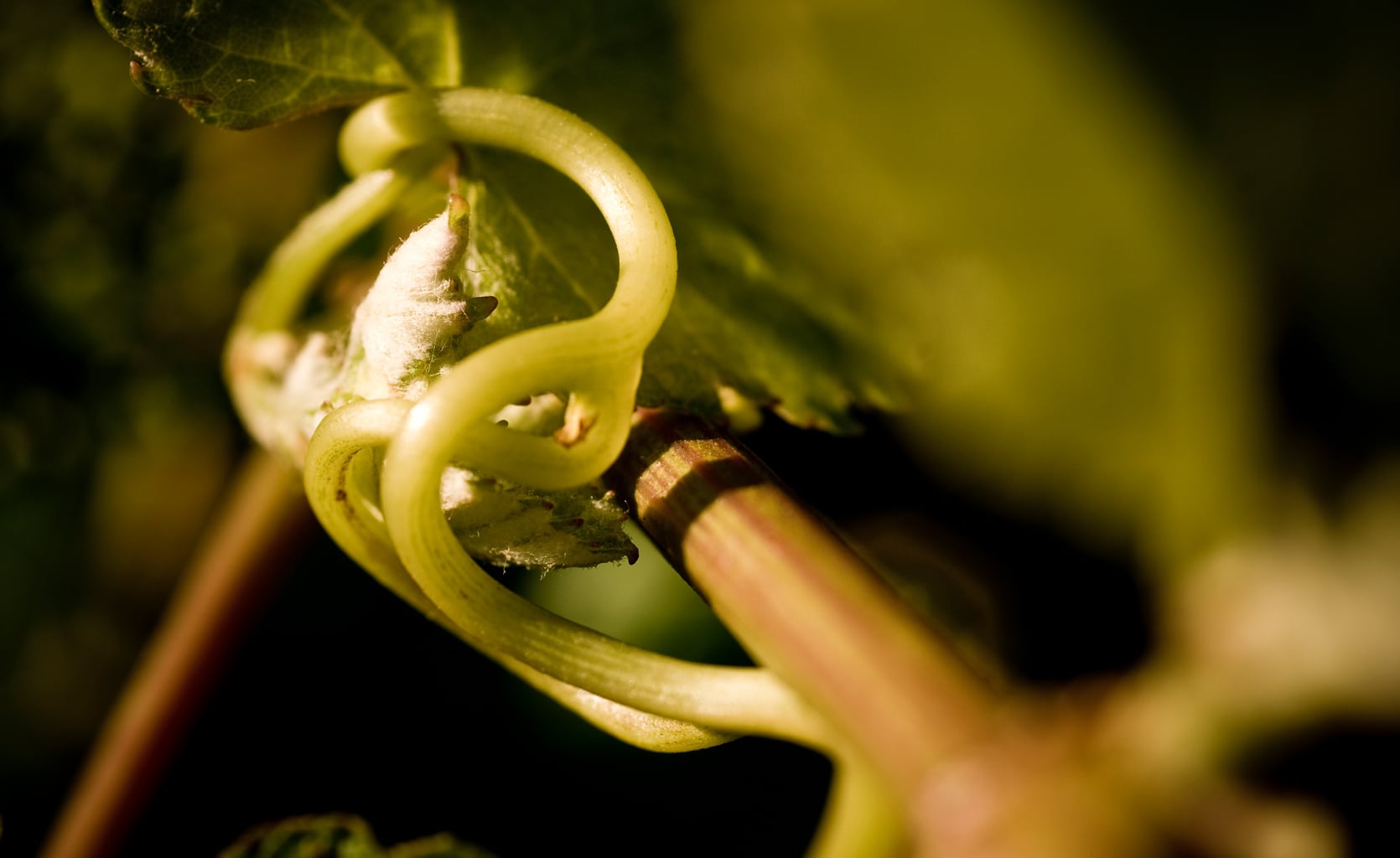Paul Kilmartin, University of Auckland; Tripti Singh, Scion – Bioeconomy Science Institute, and University of the Sunshine Coast
In September 2023, a team of researchers from the University of Auckland, Bioeconomy Science Institute, Auckland University of Technology, and the University of Canterbury, were awarded $9.8 million of funding from the Ministry of Business, Innovation and Employment (MBIE) Endeavour Fund for a five-year programme, ‘Waste to Treasure: Using novel chemistry to valorise residual plant materials’. The main focus of the programme is the optimal utilisation of grape marc. This includes development of high-value products, using compounds within grape marc, an opportunity which has received limited attention to date. Looking beyond alcoholic fermentation of the remaining sugars, extraction of grape seed oil or tartaric acid, the research team’s focus is on extracting and further processing protein, phosphorus, lignin, cellulose, anthocyanins and tannins found in grape marc.
Progress update
In addition to the core team of key researchers, we now have employed two Research Fellows, Dr Ralph Gonzales based at Bioeconomy Science Institute, and Dr Billy Yang at the University of Auckland, and have attracted nine PhD students who will work within each of our partner institutions. Additional masters and PhD students have been engaged in associated projects. The research team is receiving expertise and input from a wide range of collaborators, both locally and internationally, strengthening the scientific and technical capabilities supporting this challenging research project.
A Stakeholder Advisory Group was established to represent various interest groups and companies involved with the project, and for the research team to consult with regarding implementation initiatives and uptake of new products by New Zealand businesses and consumers. Bragato Research Institute, represented by Sustainability Research Leader Dr Seth Laurenson, is part of the advisory board. BRI supports the project by contributing expertise and facilitating contact with the New Zealand wine industry.
Beyond this core group, the research team regularly consults with a wide range of next- and end-users, including wine industry partners, other biowaste owners, industry consultants and investors, organisations and companies investigating grape marc-related applications and use cases, as well as manufacturers and users of high-value products.
Currently treated as a waste that poses environmental challenges, we believe that grape marc represents a significant underutilised resource.
Summary of methods
The research team is undertaking a stakeholder (industry, consumers, community) co-creation approach in the design of novel products with applications in the food, pharmaceutical, building and fine chemicals sectors. Dr Joya Kemper from the University of Canterbury is the team’s consumer and industry expert. She has previously undertaken consumer and industry surveys investigating functional building materials, fire-retardant and antimicrobial papers developed from the cellulosic pulp from grape marc. Joya will soon start new projects targeting various products for the food sector and will engage in other industry sectors as new products are developed.
The development of high-value grape marc products as part of this project is structured into three primary research objectives: ‘Speciality Chemicals’, ‘Polyphenol-Based Products’, and
‘Functionalised Grape Marc Paper’, each containing three target products. The specific products and the team leads are provided in Figure 1.
Building upon the initial technoeconomic analysis undertaken by programme manager Arvid Hunze, the research team will perform more detailed techno-economic assessments of individual processes and our overall biorefinery approach. This will inform and guide our decisions on the viability of processing options at an earlier stage. Likewise, the overall environmental effects will be evaluated through Life Cycle Analysis, as technologies are developed.
 Findings
Findings
A priority within the first two years of the programme has been the development of suitable extraction technologies. We considered, tested and began to optimise a range of methodologies guided by compound yield and process costs. This has been complemented by ongoing characterisation of grape marc composition from different sources in New Zealand, using established methods developed through past wine research projects within the University of Auckland, as well as novel procedures published by overseas research groups.
An additional highlight of the first two years of our research programme was the chance to establish a large number of new connections with New Zealand wine companies, other industry partners, and research groups engaged in established and novel applications of grape marc (e.g. composting, energy generation, and animal feed). This has led to new collaborations and projects with the Waste to Treasure programme. We believe that these are all worth considering for future large-scale utilisation of grape marc within New Zealand’s winegrowing regions.
Conclusion
Currently treated as a waste that poses environmental challenges, we believe that grape marc represents a significant underutilised resource. The Waste to Treasure programme is designed to demonstrate how this resource could create high-value revenue, while reducing a primary industry waste stream as part of our future circular economy. Our goal is to transform the entire waste stream of grape marc into high-value products and ingredients, and to provide model valorisation processes that can be applied to other horticultural waste streams in New Zealand in the future.
The aim of us taking a co-design approach to working with stakeholders, including industry, consumers, and the community, is to help us transform grape marc into innovative products for applications in the food, pharmaceutical, building, and fine chemicals sectors.
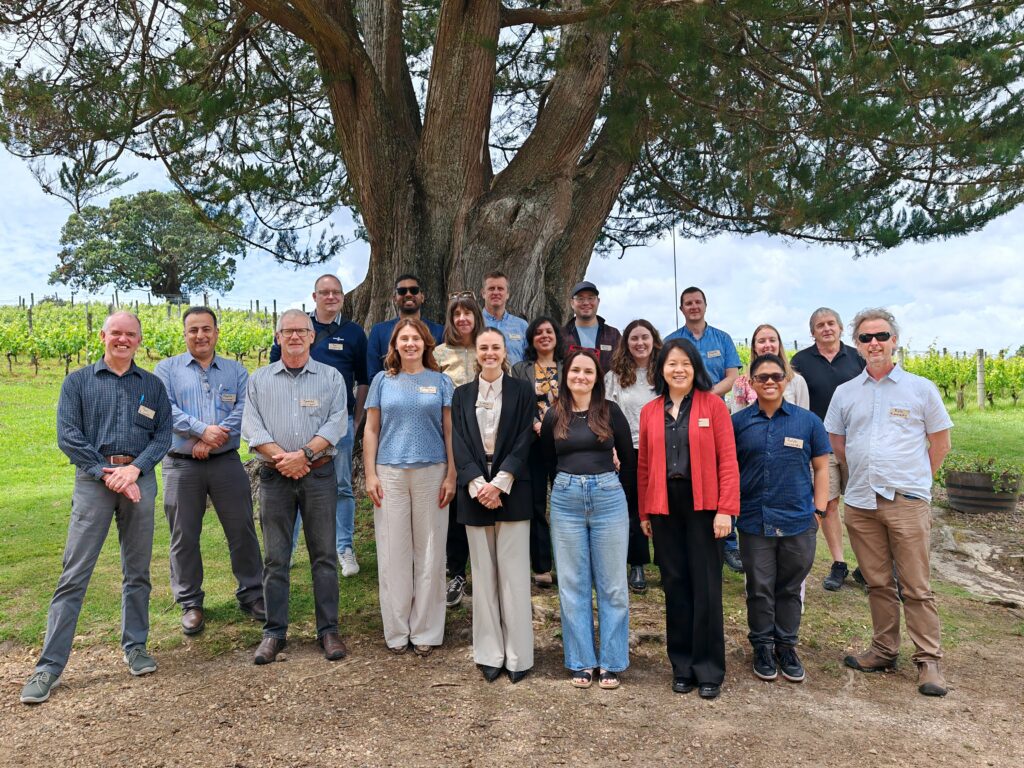
The Waste to Treasure research team and Stakeholder Advisory Group
About the project
The Waste to Treasure programme is funded by the Ministry of Business, Innovation and Employment, for five years from October 2023. For more details and information, visit: waste2treasure.co.nz




